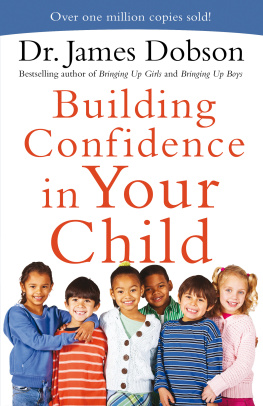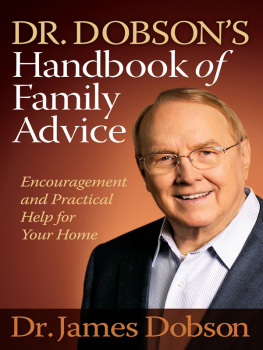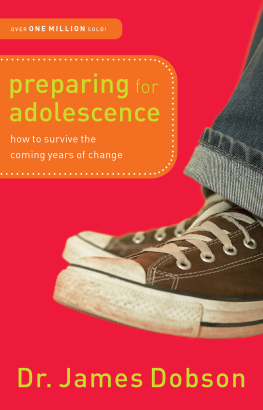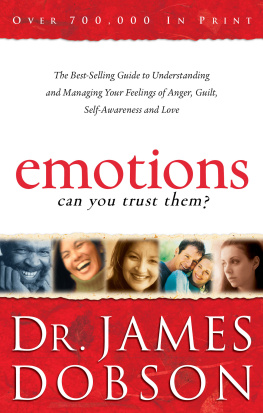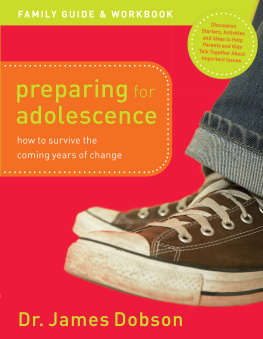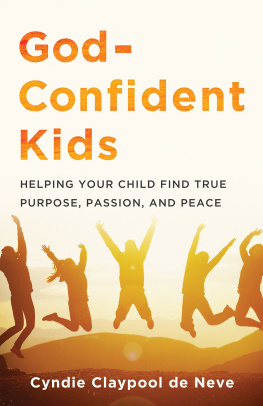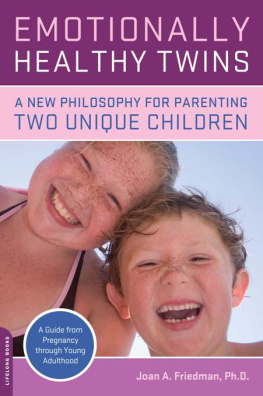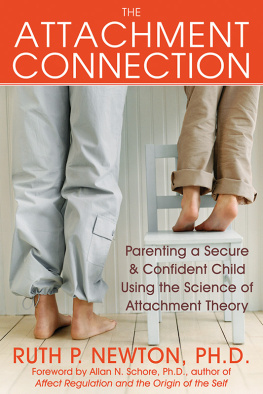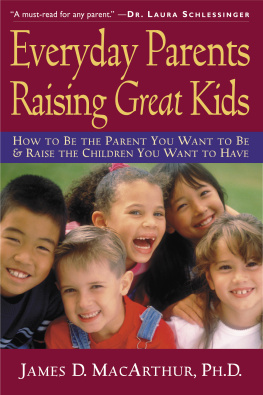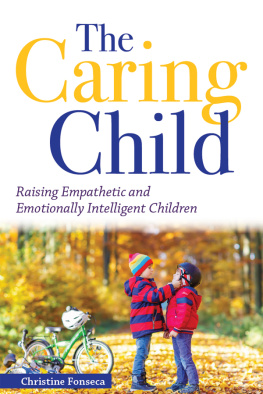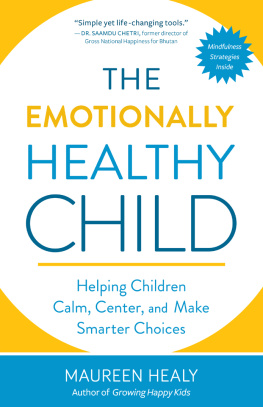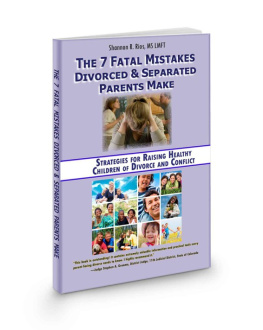Dr. James Dobson - Building Confidence in Your Child
Here you can read online Dr. James Dobson - Building Confidence in Your Child full text of the book (entire story) in english for free. Download pdf and epub, get meaning, cover and reviews about this ebook. year: 2015, publisher: Baker Publishing Group, genre: Children. Description of the work, (preface) as well as reviews are available. Best literature library LitArk.com created for fans of good reading and offers a wide selection of genres:
Romance novel
Science fiction
Adventure
Detective
Science
History
Home and family
Prose
Art
Politics
Computer
Non-fiction
Religion
Business
Children
Humor
Choose a favorite category and find really read worthwhile books. Enjoy immersion in the world of imagination, feel the emotions of the characters or learn something new for yourself, make an fascinating discovery.
- Book:Building Confidence in Your Child
- Author:
- Publisher:Baker Publishing Group
- Genre:
- Year:2015
- Rating:5 / 5
- Favourites:Add to favourites
- Your mark:
- 100
- 1
- 2
- 3
- 4
- 5
Building Confidence in Your Child: summary, description and annotation
We offer to read an annotation, description, summary or preface (depends on what the author of the book "Building Confidence in Your Child" wrote himself). If you haven't found the necessary information about the book — write in the comments, we will try to find it.
Building Confidence in Your Child — read online for free the complete book (whole text) full work
Below is the text of the book, divided by pages. System saving the place of the last page read, allows you to conveniently read the book "Building Confidence in Your Child" online for free, without having to search again every time where you left off. Put a bookmark, and you can go to the page where you finished reading at any time.
Font size:
Interval:
Bookmark:
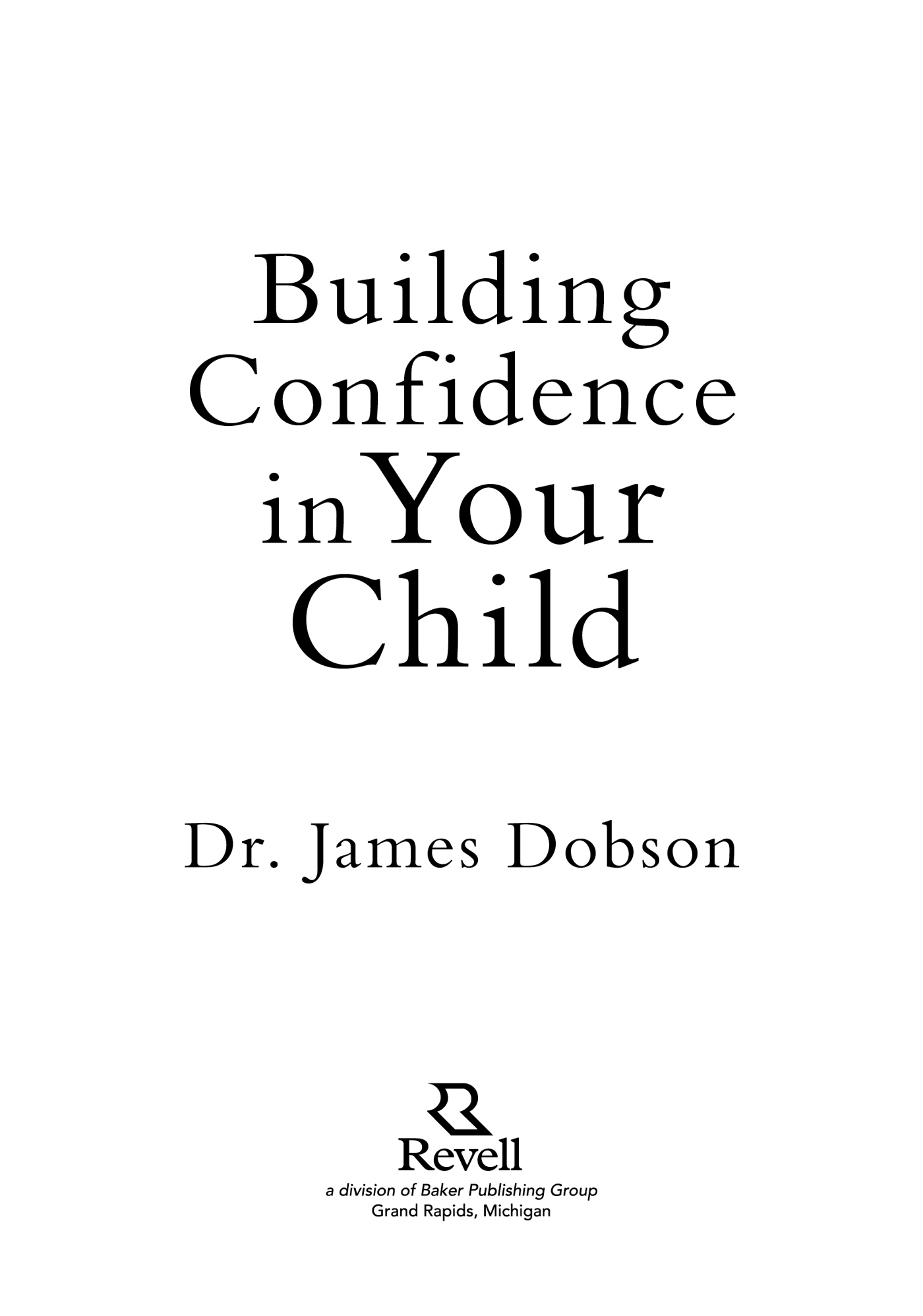
1974, 1979, 1999 by James Dobson
Published by Revell
a division of Baker Publishing Group
P.O. Box 6287, Grand Rapids, MI 49516-6287
www . revellbooks .com
New paperback edition published 2015
Previously published under the title The New Hide or Seek
Ebook edition created 2015
All rights reserved. No part of this publication may be reproduced, stored in a retrieval system, or transmitted in any form or by any meansfor example, electronic, photocopy, recordingwithout the prior written permission of the publisher. The only exception is brief quotations in printed reviews.
Library of Congress Cataloging-in-Publication Data is on file at the Library of Congress, Washington, DC.
ISBN 978-1-4934-0121-5
Scripture marked KJV is from the King James Version of the Bible.
Scripture marked TLB is taken from The Living Bible , copyright 1971. Used by permission of Tyndale House Publishers, Inc., Wheaton, Illinois 60189. All rights reserved.
Scripture marked RSV is taken from the Revised Standard Version of the Bible, copyright 1952 [2nd edition, 1971] by the Division of Christian Education of the National Council of the Churches of Christ in the United States of America. Used by permission. All rights reserved.
Excerpts are used by permission from:
James Dobson, Dare to Discipline (Wheaton: Tyndale House, 1973).
Mike Michaelson, ed., Growing Pains , prepared cooperatively by the American Medical Association and the American Academy of Pediatrics.

This book is lovingly dedicated to children around the world who have reason to wonder if they are loved, respected, and valuable. It is our task as their parents and guardians to satisfy their inner longings, while also teaching them self-discipline, character, and respect for others. The words that follow are intended to assist adults in fulfilling that critical responsibility.

Cover
Title Page
Copyright Page
Dedication
Preface to the Twenty-Fifth Anniversary Edition
Part 1: Values and Human Worth
1. The Epidemic of Inferiority
2. Beauty: The Gold Coin of Human Worth
3. Intelligence: The Silver Coin of Human Worth
Part 2: Strategies for Esteem
4. Build a Values-Safe Environment
5. Defuse the Values Bomb
6. Parent Positively
7. Help the Teenager Succeed
8. A Message for Discouraged Adults
9. Why We Do What We Do
10. The Only True Values
Notes
Back Cover
P rincess Diana was one of the most beautiful and glamorous women in the world. Paparazzi and fans followed her everywhere she went, and her likeness graced the covers of countless magazines. The Diana look influenced fashion and hairstyles in cultures around the world. When the princess died, millions mourned her tragic loss.
How could it be, given this international acclaim, that Diana suffered from a form of self-hatred? Is it conceivable that this most admired and emulated young woman suffered from a terrible body image, leading presumably to anorexia and bulimia? Those are very intriguing and disturbing questions that have implications for millions of us ordinary mortals.
The truth is that the values on which human worth depends in Western cultures are based on images of perfection marketed by the entertainment industry and the culture in general. They set an impossible standard of excellence for many individuals. Not even a beautiful princess could measure up to its imperious demands. Contestants in beauty contests, including the Miss America and Miss Universe pageants, are often aware of their flaws and shortcomings. If asked, they will divulge which aspects of their bodies they find frustrating and embarrassing. Some even seek surgical remedies for these perceived imperfections.
If the most beautiful and handsome people in the world often feel inadequate and insecure, what about todays teenagers? How is a gangly and immature kid supposed to deal with rejection and name-calling by those who are blessed with the coveted characteristics? And what about the individual who not only lacks a measure of physical attractiveness but also fails in school and faces other assaults on personal worth?
Indeed, it is this common scenario that led me in 1974 to address what I observed to be an epidemic of inferiority within a generation of children. At that time, I was an assistant professor of pediatrics at the University of Southern California Medical School and was working with many families who asked me how to help their kids cope with everyday pressures. Thus, I sat down to write a book eventually titled Hide or Seek , which offered ten strategies for parents and teachers seeking to build healthy and confident children. The book was an immediate bestseller and has continued as a classic of child rearing to this day.
As I write, twenty-five years have passed since Hide or Seek was first published. In that period, the popular culture has become even more vicious and unforgiving. Thus, it is very difficult to get our kids through adolescence without their experiencing some elements of self-hatred and loathing. Hollywood, the rock music industry, television, fashion models, and the internet make it clear to children and teenagers every day that some people are valuable and others are not. Those who dont measure up are dissed and treated like geeks and nerds. In short, the need for advice on how to build confidence in children is greater than ever.
At times it seems that the pop culture is at war with families. For example, studies verify that 50 percent of nine-year-old girls and 80 percent of those ages ten to eleven have tried to diet because they perceive themselves to be fat. How sad that vulnerable kids feel compelled to be something they are not in order to avoid ridicule and rejection by their peers.
What is responsible for the destructive attitudes that continue to plague the young in cultures around the world? There are many logical answers, but I believe the American entertainment industry must take much of the blame. Its culpability is illustrated by a 1999 study conducted in the islands of the South Pacific after the penetration of Western television by satellite transmission. For the first time, teenagers began watching such programs as Melrose Place and Beverly Hills 90210 . The attitudinal changes occurring have been dramatic, including the adoption of fashion and hairstyles of the television stars. More importantly, the girls began exhibiting symptoms of serious eating disorders.
Dr. Anne Becher, executive director of the Harvard Eating Disorder Center, studied sixty-five Fijian girls who watched television at least three times per week. She found that they were 50 percent more likely to perceive themselves as too big or too fat than other girls. Nearly two-thirds had attempted to lose weight in the past thirty days. What is even more distressing is that 15 percent of the girls said they had deliberately vomited to control their weight. In 1995, when television arrived, only 3 percent were bulimic. Clearly, the girls have been attempting more recently to emulate Heather Locklear and the other skinny but beautiful actresses. Fijian teenagers are learning what several generations of American girls have understoodthat achieving the look is critical to social survival. This is why they do such foolish things as putting rings through the tips of their tongues, where millions of tiny nerves are located, or decorate their youthful bodies with tattoos that they will someday hate. Can there be any doubt that parents whose children are under this pressure and dozens of other cultural influences need help?
Font size:
Interval:
Bookmark:
Similar books «Building Confidence in Your Child»
Look at similar books to Building Confidence in Your Child. We have selected literature similar in name and meaning in the hope of providing readers with more options to find new, interesting, not yet read works.
Discussion, reviews of the book Building Confidence in Your Child and just readers' own opinions. Leave your comments, write what you think about the work, its meaning or the main characters. Specify what exactly you liked and what you didn't like, and why you think so.

